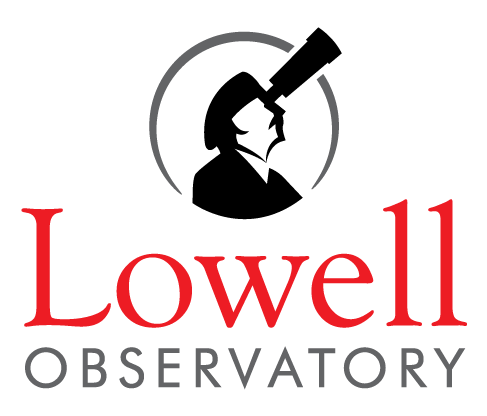As radial velocity (RV) spectrographs reach unprecedented precision and stability below 1 m s, the challenge of granulation in the context of exoplanet detection has intensified. Despite promising advancements in post-processing tools, granulation remains a significant concern for the EPRV (extremely precise radial velocity) community. We present a pilot study to detect and characterize granulation using the High-Accuracy Radial-velocity Planet Searcher for the Northern hemisphere (HARPS-N) spectrograph. We observed HD 166620, a K2 star in the Maunder Minimum phase, intensely for two successive nights, expecting granulation to be the dominant nightly noise source in the absence of strong magnetic activity. After correcting for a newly identified instrumental signature, originating from CCD illumination variations under optimal seeing conditions, we detected the granulation signal using structure-function (SF) analysis and a single-component Gaussian process (GP) model. The granulation signal has a characteristic time-scale of $^{-1}$ min, within 1 $43.65^{+16.9}_{-14.7}$ , and a standard deviation of $\sigma$ cm s $22.9^{+0.83}_{-0.72}$ , within 3 $^{-1}$ of the predicted value. By examining spectra and RVs as a function of line formation temperature, we investigated the sensitivity of granulation-induced RV variations across different photospheric layers. We extracted RVs from various photospheric depths using both the line-by-line and cross-correlation function methods to mitigate any extraction method biases. Our findings indicate that granulation variability is detectable in both temperature bins, with the cooler bins, corresponding to the shallower layers of the photosphere, aligning more closely with predicted values. $\sigma$
